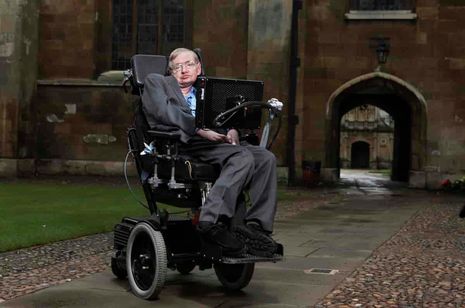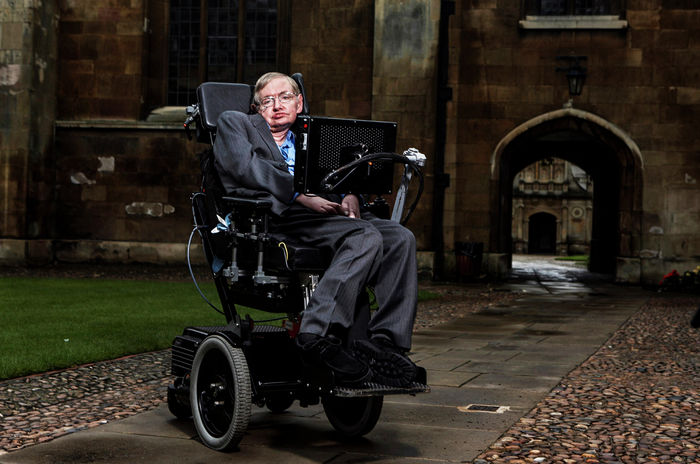Stephen Hawking’s papers and possessions to be stored in Cambridge
The archive will include his research into black holes, scripts from TV appearances, and childhood letters

The papers and possessions of the late Cambridge physicist, Professor Stephen Hawking, will be saved in a 10,000 page archive at the Cambridge University Library.
The items include his research into black holes, scripts from his TV appearances and his childhood letters.
His office will also be reconstructed at the Science Museum in London next year and selected items from the archive will be displayed. The contents of Hawking’s office will be transferred to the Science Museum, including his custom-built wheelchairs and communications equipment.
Hawking was a prolific letter-writer whose correspondence included letters to popes, US presidents and Nobel Prize winners. His TV scripts include documents from his appearances on The Simpsons and Star Trek.
Dr Jessica Gardner, director of library services at Cambridge, feels that the TV scripts reflect the importance of Hawking’s contribution to popular science and scientific communication.
“He was willing to be in the Simpsons, to let fun be taken, if what that did was to help communicate science and help people get excited about it,” Gardner said.
Professor Paul Shellard, one of Hawking’s colleagues at Cambridge, feels that these papers will be significant for studying the history of science and of human understanding of space and time.
Shellard commented: “It’s a wonderful thing that historians of science can get an idea of how Stephen thought about these problems. He saw further than others and I hope that [his] intuition and way of thinking will come through in the archive and be remembered in perpetuity.”
Sir Ian Blatchford, the museum’s director, noted that spaces relevant to scientific discovery are rarely saved. He stated: “By preserving Hawking’s office, future generations will be able to delve deep into the world of a leading theoretical physicist who defied the laws of medicine to rewrite the laws of physics and touch the heart of millions.”
 News / Uni Scout and Guide Club affirms trans inclusion 12 December 2025
News / Uni Scout and Guide Club affirms trans inclusion 12 December 2025 News / Cambridge Vet School gets lifeline year to stay accredited28 November 2025
News / Cambridge Vet School gets lifeline year to stay accredited28 November 2025 Science / Did your ex trip on King’s Parade? The science behind the ‘ick’12 December 2025
Science / Did your ex trip on King’s Parade? The science behind the ‘ick’12 December 2025 News / Cambridge study finds students learn better with notes than AI13 December 2025
News / Cambridge study finds students learn better with notes than AI13 December 2025 News / Pembroke to convert listed office building into accom9 December 2025
News / Pembroke to convert listed office building into accom9 December 2025








